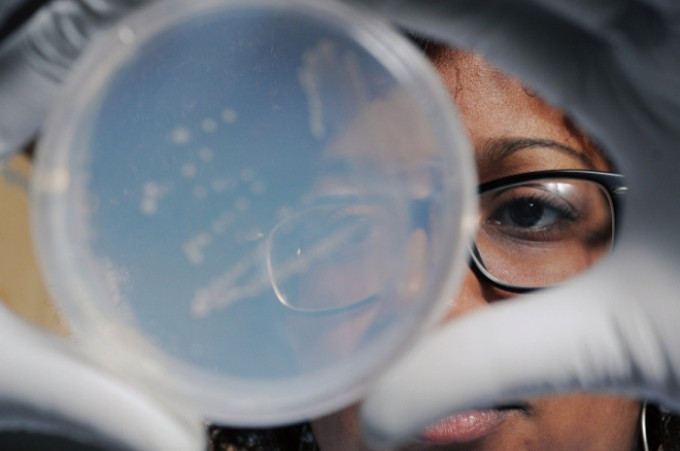Bacteria Found Six Miles Above Earth: Troposphere-Dwelling Microbes Could Affect Weather

Bacteria live on our bodies, in our guts, under 70 feet of ice and in deep-sea vents that spew hot sulfur. Now you can add another habitat to the list: four to six miles above the Earth’s surface, high in the clouds.
Scientists from the Georgia Institute of Technology and NASA discovered these high-flying microorganisms while they were taking samples of air masses from a DC-8 airplane flying over land and ocean, using a special filtering system attached to the aircraft. The sampling took place before, during and after two tropical hurricanes in 2010 – Hurricanes Earl and Karl. They published their results on Monday in the Proceedings of the National Acaedmy of Sciences.
“We did not expect to find so many microorganisms in the troposphere, which is considered a difficult environment for life,” Kostas Konstantinidis, an assistant professor in the School of Civil and Environmental Engineering at Georgia Tech, said in a statement on Monday. “There seems to be quite a diversity of species, but not all bacteria make it into the upper troposphere.”
The scientists used genomic techniques, including gene sequencing, to detect the bacteria and other tiny organisms, and to estimate their numbers within the air sample.
Living bacterial cells were plentiful in the samples, “and were at least an order of magnitude more abundant than fungal cells, suggesting that bacteria represent an important and underestimated fraction of micrometer-sized atmospheric aerosols,” the researchers wrote.
Altogether, the team found 17 distinct bacterial populations, including some that researchers know are capable of breaking down carbon compounds like oxalic acid that are common in our atmosphere.
“For these organisms, perhaps, the conditions may not be that harsh,” said Konstantinidis. “I wouldn’t be surprised if there is active life and growth in clouds, but this is something we cannot say for sure now.”
The researchers’ finding raises lots more questions that they hope to answer in the future – what types of bacteria are best suited to life among the clouds? Can they transmit diseases? Can they affect climate and weather?
With respect to the climate question, there’s a possibility that microorganisms living in the atmosphere could play a role in cloud formation, like becoming the nucleus of a growing ice crystal.
Bacteria don't really have the means to get four miles above the ground on their own, so it’s thought that they arrive in the troposphere on the back of winds and air masses that also carry sea salt and dust into the sky.
“The findings presented here suggest that the microbiome is a dynamic and underappreciated aspect of the upper troposphere with potentially important impacts on the hydrological cycle, clouds, and climate,” the authors wrote.
SOURCE: DeLeon-Rodgriguez et al., “Microbiome of the upper troposphere: Species composition and prevalence, effects of tropical storms, and atmospheric implications.” Proceedings of the National Academy of Sciences published online 28 January 2013.
© Copyright IBTimes 2025. All rights reserved.





















